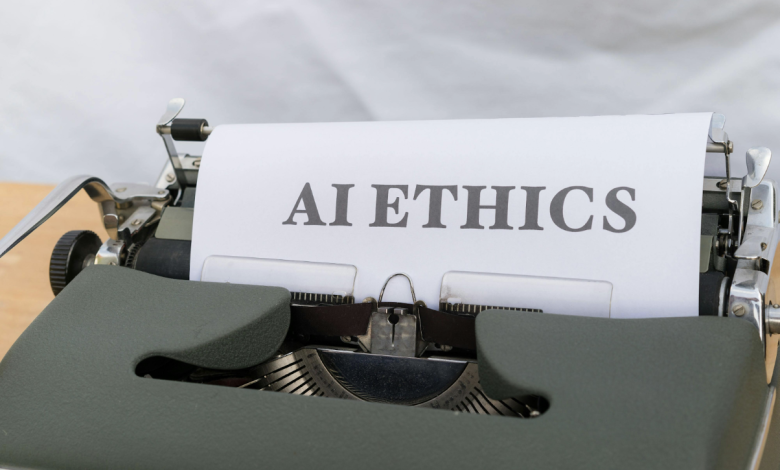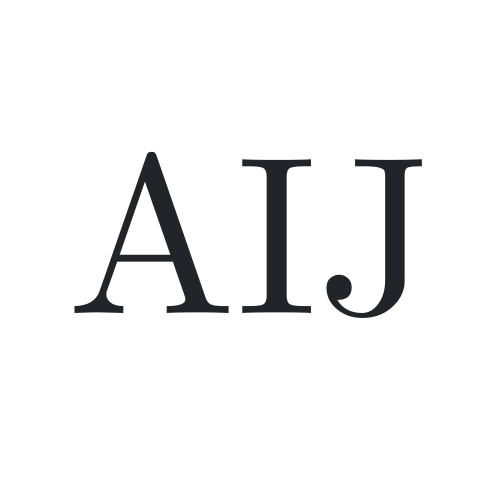
AI no longer sits in a lab; it lives in the bloodstream of hiring, credit, logistics, and media. The central question is not only whether a model works, but who carries accountability when it does harm at scale. Sensible governance treats AI as a socio-technical system: models, data, people, and incentives braided together. He or she who leads such programs draws boundaries that move with the system rather than pretending the world stands still.
Culture as the First Control Surface
The boundary is cultural before it is legal. The way leaders talk about risk sets the range of acceptable behavior. If speed is praised without precision, shortcuts multiply; if trade-offs are narrated openly, prudence takes root. This is why examples from regulated or reputationally sensitive sectors matter. Consider sports betting platform providers: they sit at the edge of intense data use, algorithmic personalization, and public scrutiny. When they define red lines in plain language — and enforce them — they demonstrate how ethics becomes operational rather than theatrical.
From Input to Impact: A Chain of Custody
Real governance stretches “end to end.” Upstream, it demands documented provenance and consent; laterally, it deals with vendors and open-source dependencies; downstream, it commits to live monitoring and incident response. The old rhythm — ship now, fix later — fails when a fine-tune can amplify a mistake across millions of users overnight.
What Responsible Boundaries Look Like in Practice
Before scaling an AI product, resilient organizations codify a few non-negotiables:
- Map data lineage and consent states; implement automated deletion and opt-out workflows.
- Define unacceptable use cases and wire them into product requirements, not just policy wikis.
- Require human-in-the-loop for high-stakes decisions with auditable overrides and clear escalation.
- Run pre-deployment evaluations for bias, privacy, robustness, and misuse potential; block launches until issues are remediated.
- Provide user recourse that works: concise explanations, appeal channels, and meaningful remedies.
These baselines turn ethics into muscle memory. They also make external audits faster because the evidence already exists in build pipelines, not scattered in slide decks.
Accountable by Design, Not by Slogan
Traditional software had code owners; AI needs outcome owners. That means cross-functional stewardship — policy sets guardrails, engineering encodes them, risk tests them, legal interprets obligations, and product negotiates trade-offs. If everyone owns “responsible AI,” nobody does. Clear RACI matrices, decision logs, and sign-offs keep accountability from evaporating under the heat of deadlines.
Live Operations: Keeping Promises After Launch
Governance cannot clock out on release day. The work after launch is where integrity is proven:
- Continuous monitoring for drift, false positive/negative rates, safety regressions, and abuse signals.
- Incident response playbooks with roles, timelines, user communications, and disclosure criteria.
- Periodic red-teaming and external challenge studies to puncture groupthink.
- Vendor and model-supply-chain reviews, including retraining rights and security posture.
- Incentives that reward safe iteration — tie bonuses to trust metrics as much as to growth.
In domains that blend entertainment, finance, and social risk — again, think of sports betting platform providers — such practices are not optional. They are the cost of operating in public.
Proportionality Beats Purity
Risk management is not the art of saying “no”; it is the discipline of saying “yes, with conditions.” Tiered oversight aligns controls with harm potential: heavier scrutiny for systems that touch liberty, livelihood, or health; lighter touch where impacts are reversible and low-stakes. This proportionality prevents governance from ossifying into bureaucracy, while keeping a steady hand on genuinely hazardous deployments.
Private Fences, Public Roads
Organizational boundaries now meet regulatory ones. Voluntary commitments help, but statutory duties—documentation, safety cases, auditability — are becoming standard. Smart teams pre-build artifacts as engineering assets: model cards that inform design, data sheets that inform procurement, evaluation suites that catch regressions. When the public asks, “Why should we trust this system?”, the answer should live in design docs and logs, not in marketing copy.
The Craft and the Compass
The destination is a scaffold, not a fortress: adaptable, inspectable, and strong enough to bear scale. Organizations that thrive will cultivate institutional memory — reusable tests, pattern libraries, and post-incident heuristics — so each team does not relearn the same hard lesson. They will invite skeptics early, treat red-teamers as partners, and measure progress with evidence rather than slogans. In that cadence, ethics becomes a capacity, risk becomes a managed variable, and governance becomes a shared craft. Even for sectors under a bright spotlight — such as sports betting platform providers — this approach turns scrutiny into a compass, not a cage.




